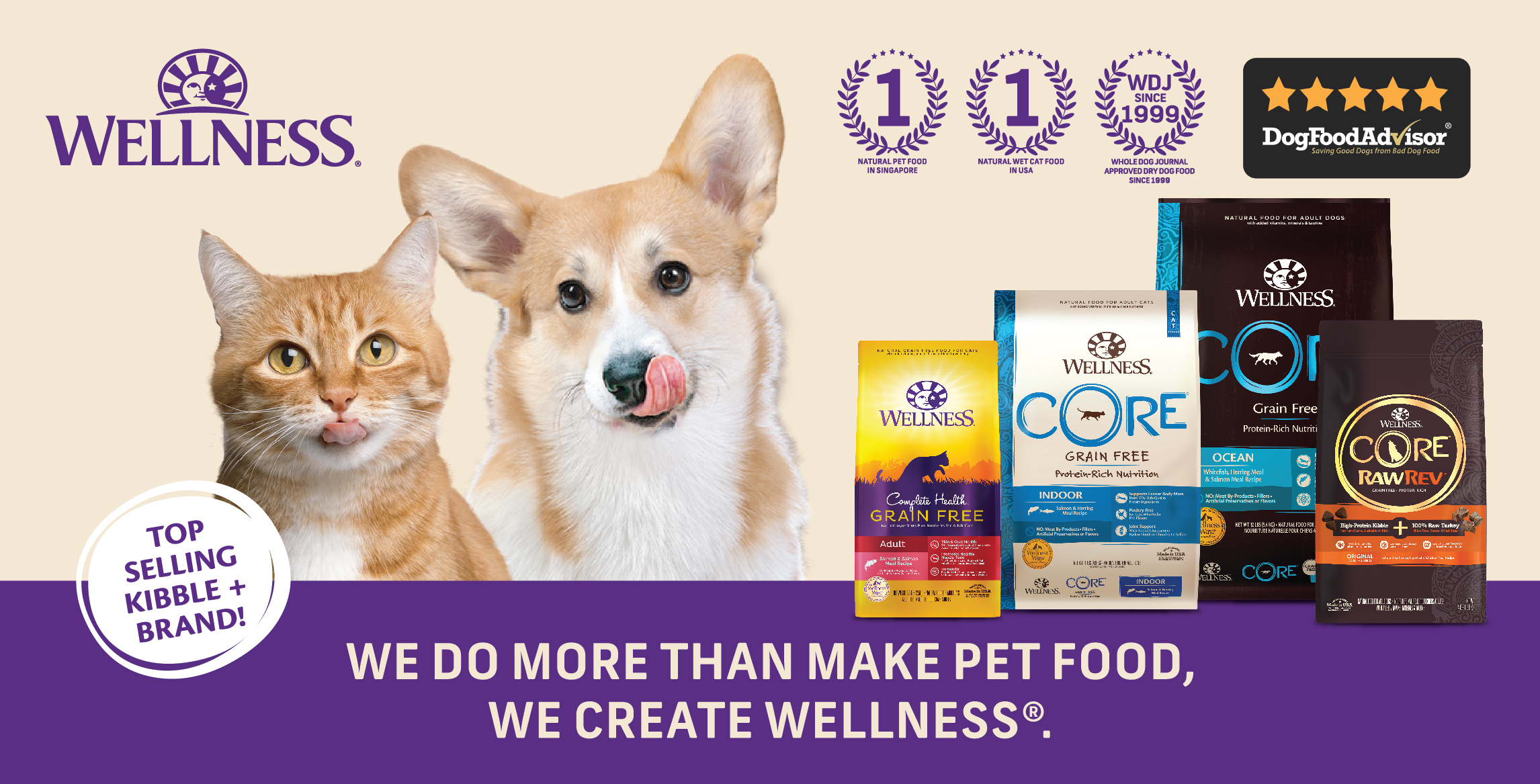Benefits and Risks of a Raw Dog Food Diet

If you’ve ever searched raw dog food diet, then like many pet parents, you may be questioning if a raw dog food is right for your dog. Some pet parents add raw dog food as a treat or kibble topper, and others passionately feed it with the belief that raw dog food offers real, natural ingredients that provide unmatched nutrition with a minimally processed advantage. It goes without saying that superior nutrition has been proven to support a long and healthy life for pets and contributes to both their physical and mental wellbeing. That said, what format is truly the best way to feed our dogs?
Here, we’ll share the pros and cons of a raw dog food diet in order to help you make an informed decision about what’s best for your dog:
What suits one may not suit all
Just like us, dogs are individuals and a diet that might work for your friend’s dog may be completely inappropriate for your dog especially when you consider the unique nutritional requirements that come with breed, size, age and health differences. If you are thinking of changing your dog’s daily diet, a great first step is to always consult with your veterinarian to ensure your dog gets the very best personalized care.
What is a raw dog food diet?
A raw dog food diet is based on the combination of raw, uncooked meat (often muscle and organ meat), whole or crushed bones, fruits, vegetables, raw eggs and some dairy which are freshly prepared prior to feeding.
Conflicting and confusing information
When researching the benefits of raw, you quickly find that scientific support if often thin, causing veterinary and medical skepticism but, you will also find anecdotal enthusiasm from fellow raw feeders who convincingly detail the clear health benefits they see in their dog.
The case for a raw dog food diet
Think about your dog as having a carnivorous heritage with omnivore evolution. One of the main reasons pet parents consider feeding a raw dog food diet is based on how dogs evolved. The Grey Wolf, the ancestor of our dogs, was without a doubt a carnivore and fierce predator who thrived on a meat-based diet.Today however, dogs have evolved over thousands of years into 400 different breeds ranging from a tiny Teacup Poodle to enormous Great Danes with vast visible, genetic and lifestyle differences to their ancestors.
Unlike cats, dogs have evolved genes that give them the ability to produce amino acids from carbohydrates, which traditionally would come from a meat-based diet. In simple terms, dogs are now classified as omnivores—animals who can thrive on both meat and vegetable ingredients.
Raw does not have to mean home cooking and a good relationship with your butcher.
Today, raw dog food diet options come in a variety of commercially prepared offerings. From fresh or frozen, to kibble with raw pieces, the convenience of “scoop and pour” can still be achieved if desired.
Raw dog food diet advantages
Devout raw dog food enthusiasts tout raw as the most natural way to feed a dog. They anecdotally report that feeding their dog raw food results in a shinier coat, healthier skin, cleaner teeth, higher energy levels and smaller stools. And it goes without saying that dogs love a bowl of fresh meat for the ultimate palatability.
- delicious flavor for your dog
healthy skin shiny coat
higher energy levels
healthier stools
Raw dog food diet disadvantages
Many mainstream veterinarians as well as the FDA agree the risks of raw diets are well documented with several studies published in veterinary journals. Some home diets have been found to contain high numbers of pathogenic bacteria. These bacteria may cause minor or major health upsets ranging from mild stomach sensitivity to fatalities in rare, serious cases. Also, there’s a legitimate contamination risk to humans should they be immuno-compromised, elderly or young.
Feeding raw bones come with potential risks like choking, intestinal blockage and chipped or broken teeth.
Additionally, if you’re formulating a raw dog food diet, it’s crucial that the diet be complete and balanced to give your dog all the nutrition they need. If the food is not complete and balanced, dogs can develop nutritional deficiencies. Many pet parents need the help of an expert in animal nutrition to achieve a safe diet, or need to add commercial supplements to their raw foods to ensure their dog gets all of the necessary nutrients, vitamins and minerals.
A final consideration of feeding a dog raw food diet is the financial and time investment costs. Home prepared raw foods with premium high-quality ingredients can become a costly way of feeding a dog, especially for larger breeds who will require significant volumes of food to achieve their total calorie needs.
Pet parents may be able to feed raw at home, but travel and holidays can make it quite challenging and inconvenient.
Raw dog food diet risks recap
- potentially dangerous bacteria or pathogens in raw food
- risk of contamination with raw meat that could make humans sick
- raw bones can pose a choking hazard to dogs and may chip their teeth
- high cost and time investment
Commercially prepared raw dog food diets
If you’re interested in the benefits of feeding a raw food diet but keen to avoid the health risks, then it’s worthwhile to consider a commercially prepared raw recipe. At Wellness, our Wellness CORE RawRev recipes allow you to add raw easily and safely with every meal.
Wellness CORE RawRev is a complete and balanced high-protein kibble (in grain-free or wholesome grains options) with the addition of 100% raw freeze dried meat pieces. This combination results in a savory, nutrient-rich meal packed with everything your dog needs to thrive.






